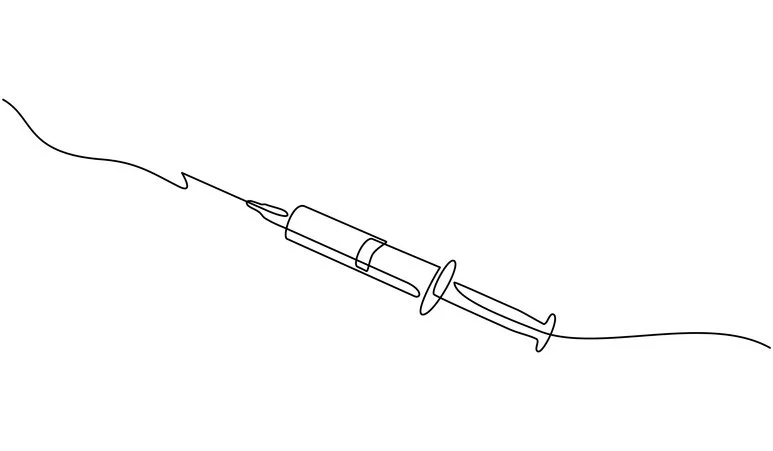reflection on our 10.30.24 conversation about lead in water
on milwaukee’s earl ingram radio show
Yanna Lambrinidou, PhD
Image source: budi priyanto (iStock)
Once again, very grateful to have participated in The Earl Ingram Show with my colleagues Robert Miranda and Paul Schwartz.
Our conversation a couple of weeks ago centered on the Milwaukee Health Department's (MHD) announcement about its updated blood lead screening guidelines for the city's children. In the past, MHD recommended screenings for children at 12 months, 18 months, and 2 years of age. Now, MHD recommends screenings for 3, 4, and 5-year-olds as well — an expanded surveillance program that is more rigorous than the guidelines of the state of Wisconsin as well as those of the Centers for Disease Control and Prevention (CDC).
This is a step in the right direction, as screening can detect elevated lead levels in a child's blood and give families the opportunity to identify and eliminate the child's exposure source(s). The more a child is screened, the greater the chances they'll be protected from the potentially lifelong adverse health effects of lead.
That's all well and good.
But MHD's updated guidelines are also deficient in three important ways:
1. They are built on the unsubstantiated presumption that the primary sources of lead in a child's environment are, as a rule, lead-tainted paint, soil, and dust.
This defies not only common sense, but also scientific research. Lead-tainted paint, soil, and dust can certainly be important sources of exposure for individual children, but they are present and pose a health risk in only some homes. Lead-bearing plumbing, on the other hand, is present in most US buildings. Additionally, water is a substance humans of all ages must consume to survive.
Let's not forget that Milwaukee:
continues to have over 60,000 lead service lines carrying water to individual homes (these lines are made of 100% pure lead),
has lead-bearing plumbing in almost all buildings, and
is facing a lead-in-water contamination problem that's ubiquitous (the water utility's own testing shows that, in 2023, 100% of the 51 taps tested dispensed lead).
Scientific research shows that lead sources in different children's environments tend to vary and that, at any given time, an individual source can be the primary, a secondary, or the sole contributor to a child's elevated blood lead level (see, for example, here and here).
2. MHD's guidelines exclude the two populations most vulnerable to the health risks of lead in tap water: developing fetuses and infants, especially those dependent on reconstituted formula.
3. MHD's guidelines fail to disclose that blood lead screenings can miss low-level and acute lead-in-water exposures (i.e., in the hundreds and thousands parts per billion lead).
This is because the half-life of lead in blood is only around 30 days, so for screenings to capture such ingestions they must take place soon after they occur.
In short, MHD's updated blood lead screening guidelines, although generally good, are based on the same circular logic that has marred our national discourse on childhood lead poisoning prevention for many decades – namely:
a. Reliance on blood lead screening regimes which are built on the flawed assumption that lead in water is an insignificant source of exposure for children, and relatedly
b. Data generation from these screening regimes that reinforces the flawed assumption.
And round and round we go, while our kids continue to eat and drink lead from plumbing on a regular basis.
